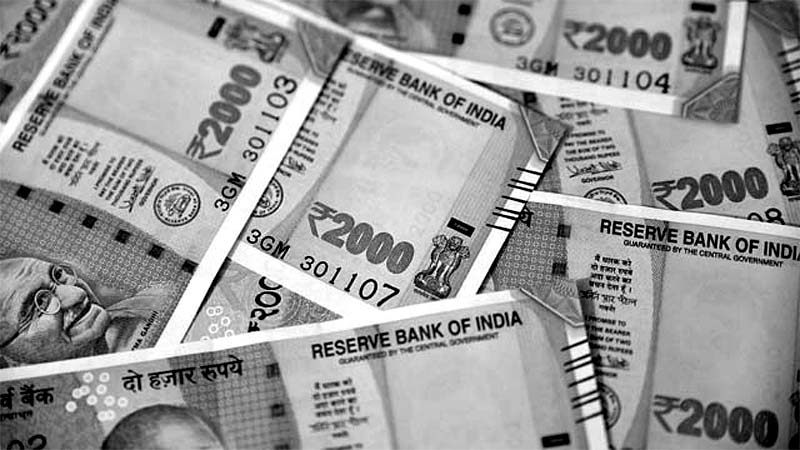India’s recent milestone of surpassing China to become the world’s most populous country has ignited discussions about the potential impact on its economic development. With a population of over 1.04 billion, India stands at a crucial turning point in its post-independence history. The question that arises is whether this large population will prove to be a boon or a curse. In this blog post, we explore the advantages and challenges associated with India’s burgeoning population and its implications on the country’s economic growth.
The Demographic Dividend
A significant advantage that India possesses is the demographic dividend – a situation where the working-age population outweighs dependents, such as children and the elderly. The median age of India’s population is currently 28.2 years, indicating a youthful and potentially productive workforce. Experts predict that by the end of the decade, India could climb to the top three positions in the global economic rankings.
Harnessing the Demographic Dividend
For India to harness its demographic advantage fully, it must focus on preparing its youth for the rapidly changing digital age. Providing employment opportunities that align with their skills and aspirations is crucial. The challenge lies in creating one crore (ten million) jobs annually, particularly considering the potential impact of artificial intelligence on traditional job markets.
Addressing the Skills Mismatch
India faces a mismatch of skills in various sectors, a problem exacerbated by AI replacing entry-level jobs. Reskilling the workforce through various job-training platforms becomes essential in adapting to the changing job landscape. Developed countries already experience a shortage of skilled workers due to an aging population, which presents an opportunity for India to fill the global skills gap.
Empowering Women in the Workforce
Increasing female workforce participation is another key area for India to unlock its full economic potential. By promoting gender equality and providing equal opportunities for women, India can tap into a significant pool of untapped talent and expertise.
Investment in Infrastructure and Industrial Activity
Job creation hinges on both public and private sector investments. India’s government is allocating substantial funds for infrastructure projects such as railways, roads, airports, and ports, which stimulate economic growth and job opportunities. Additionally, the thriving startup ecosystem has emerged as a significant contributor to job creation, with over 84,000 startups generating 900,000 new jobs. Furthermore, many startups are being founded in smaller cities and towns, spreading economic growth more evenly across the country.
The Role of Agriculture and Exports
India must not overlook the importance of its agricultural sector and exports. By focusing on sustainable and modern farming practices and strengthening export-oriented industries, India can diversify its economy and further boost job creation.
Empowering the Youth: Our Biggest Asset
As India navigates its path towards economic growth, it must prioritize investments in education, infrastructure, and technology. The destiny of India’s economy lies in the hands of its youth, and it is essential to equip them with the necessary tools and facilities for success. Quality, rather than just quantity, will ultimately determine India’s position as a global superpower.
Conclusion
India’s large population presents both opportunities and challenges for its economic development. By harnessing its demographic dividend, reskilling the workforce, and investing in critical areas, India can transform its population into a powerful engine of economic growth. Additionally, promoting gender equality, empowering rural entrepreneurs, and focusing on sustainable practices will contribute to a more inclusive and prosperous India. The journey ahead is not without obstacles, but with strategic planning and concerted efforts, India can undoubtedly realize its potential as an economic powerhouse on the world stage.

